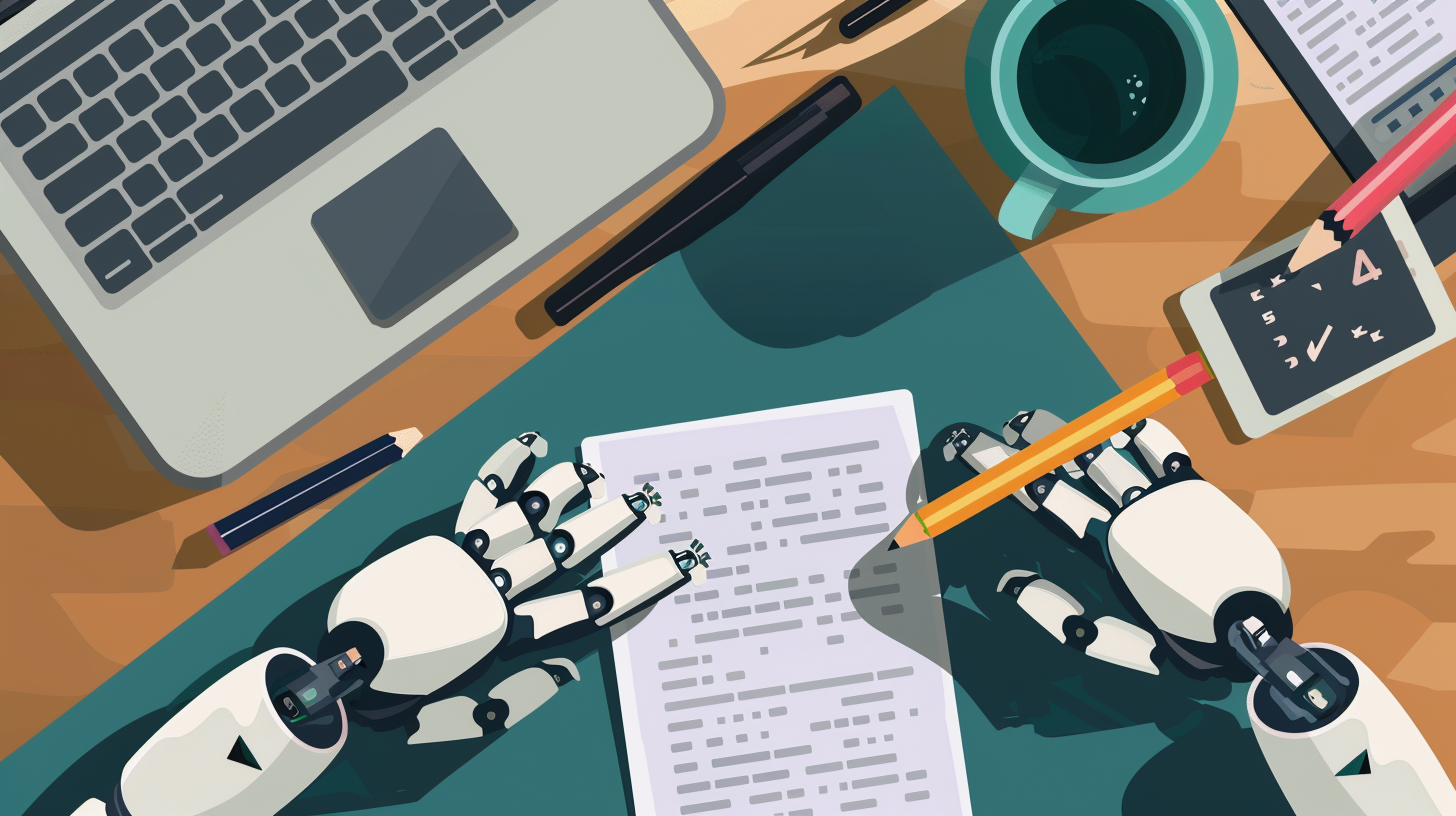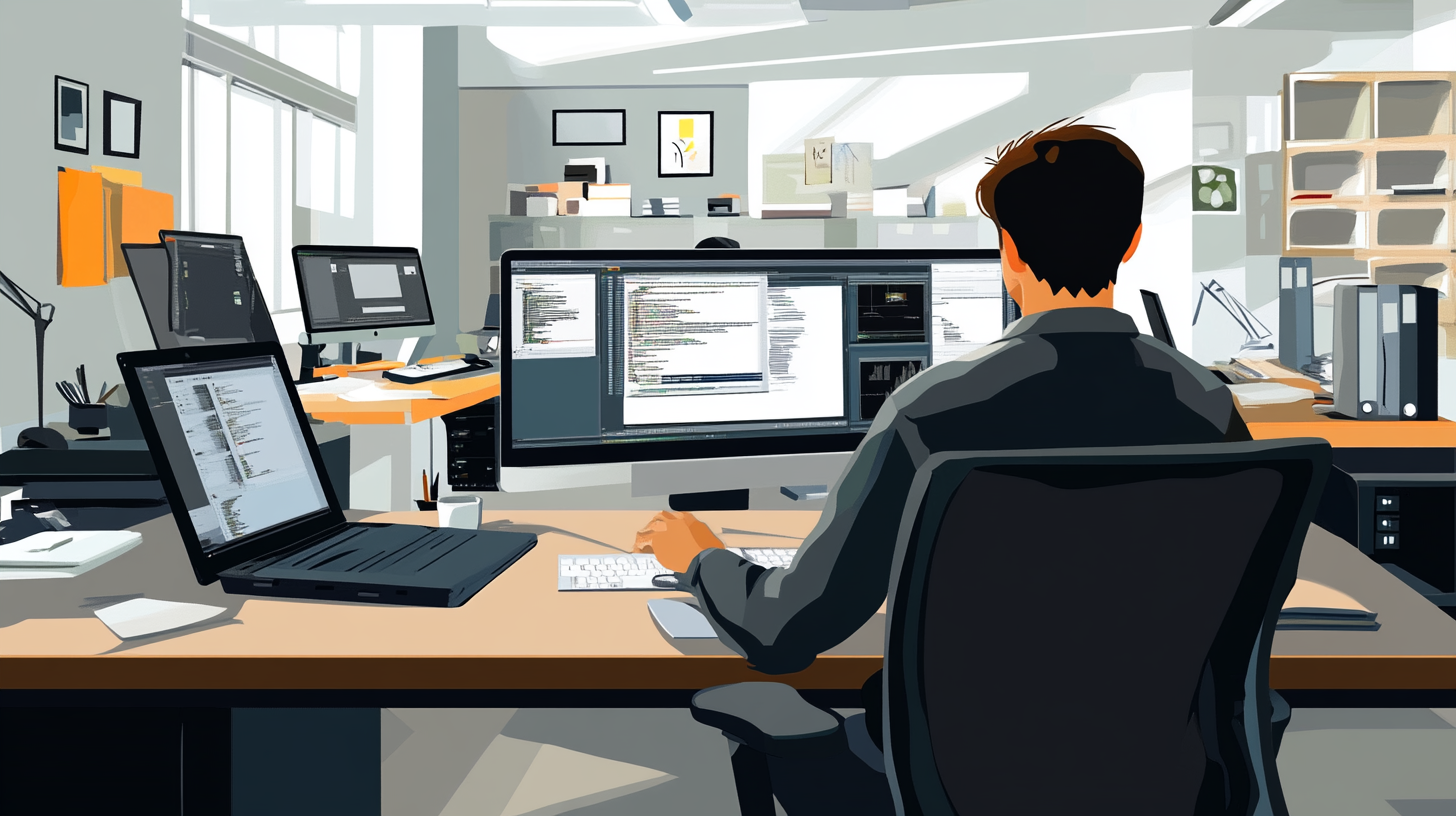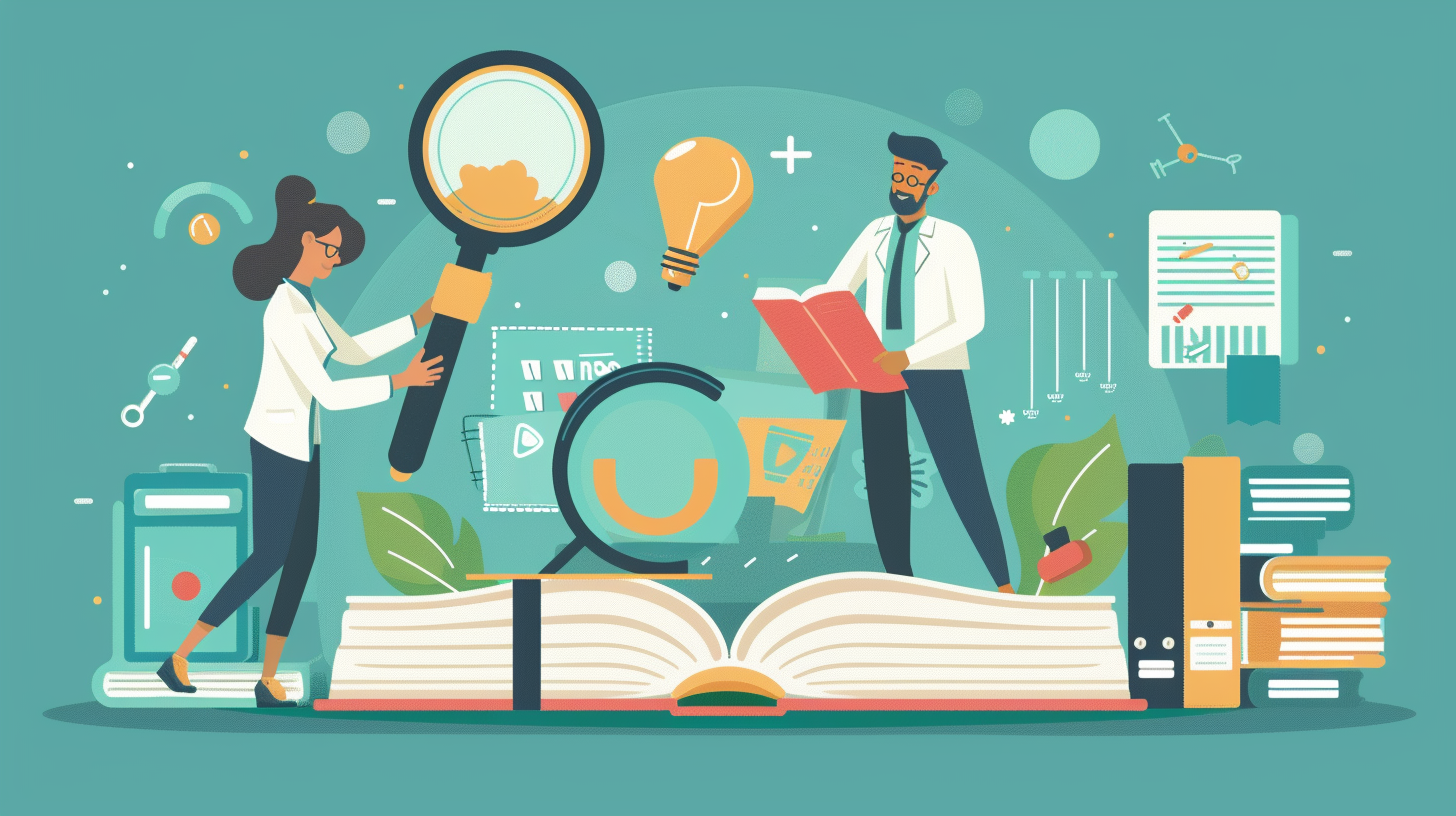
Using AI tools is still a grey area in writing and education. One should definitely implement them to stay in line with the modern world, but not abuse them to remain honest and authentic. Schools should introduce students to AI technologies preparing them for future careers, but draw a line when it comes to generated text and study assignments. What is the deal with AI, and how can this issue be regulated in modern education?
Why AI misuse is a problem
Ethical aspect. More and more institutions, organizations, and authorities come up with requirements regarding AI content. At the bare minimum, one should inform the audience whenever AI technologies have been used to produce the presented piece of content, so the people are aware of the writing or image origins. The reasoning is pretty obvious: the consumers need to know whether the content they get is a product of AI or human-authored. The same applies to the educational domain.
Academic cheating. Asking AI to produce the assignment text or research paper instead of the author is blatant cheating unless chatbot involvement is part of the task. The idea of studying is absorbing, reworking, and reflecting on material. Recruiting a chatbot to do the work instead of the author violates academic integrity rules, and harms the cheating student more than anyone. Hence, educators face the challenge of moderating AI usage in class and implementing clear rules for acceptable chatbot assistance.
Inaccurate judgment. Trained on available online data, AI generates an output that can contain mistakes or biased opinions. Hence, all the facts and concepts produced by the chatbot should be double-checked and never mistaken for the ultimate truth.
Plagiarism issue. Besides cheating accusations, AI misuse can lead to plagiarism uncovered in the text generated with a chatbot. Since copying and authorship rights violations come with severe repercussions, one should be careful about the text’s originality and usage of AI technologies in writing. Why is robot-generated text not original, and is it possible to make the writing unique? To answer this question one needs to understand how AI chatbots work.
How AI generates the text
AI chatbots are trained on an enormous amount of data available on the internet. As vast as this volume is, it is limited, and it always belongs to some author. When one sends a request to a chatbot, AI simply uses this data to produce an output. So, it never creates anything from scratch-the chatbot compiles already available information!
Is all information available online correct and objective? No, it isn’t.
Does AI attribute the sources it used to compile the output? No, it doesn’t.
Does it make any AI’s output technically plagiarism? Yes, it does.
So, as disappointing as it may sound to many, it is impossible to generate AI output without plagiarism. Since even the text produced by a chatbot may sound unique, it is never original by definition.
How to check for AI and plagiarism
Do similarity checkers always catch AI-caused plagiarism? To be honest, no, they don’t.
How can one then detect cheating, especially since it is no secret that AI checkers are not 100% accurate?
The only way is to see how the text was written. The process is the key to understanding whether the text is a product of thinking and working or has been copy-pasted from a chatbot, a website, or a book.
Integrito Activity Report gives this behind-the-scenes insight. See how the text was written to track suspicious actions, check questionable parts for AI and plagiarism, and get a clear picture of the working process instead of wild guessing. This way you can reveal problematic extracts, ensure the writing’s authenticity, resolve doubts, and prove honest work. Try it now!


